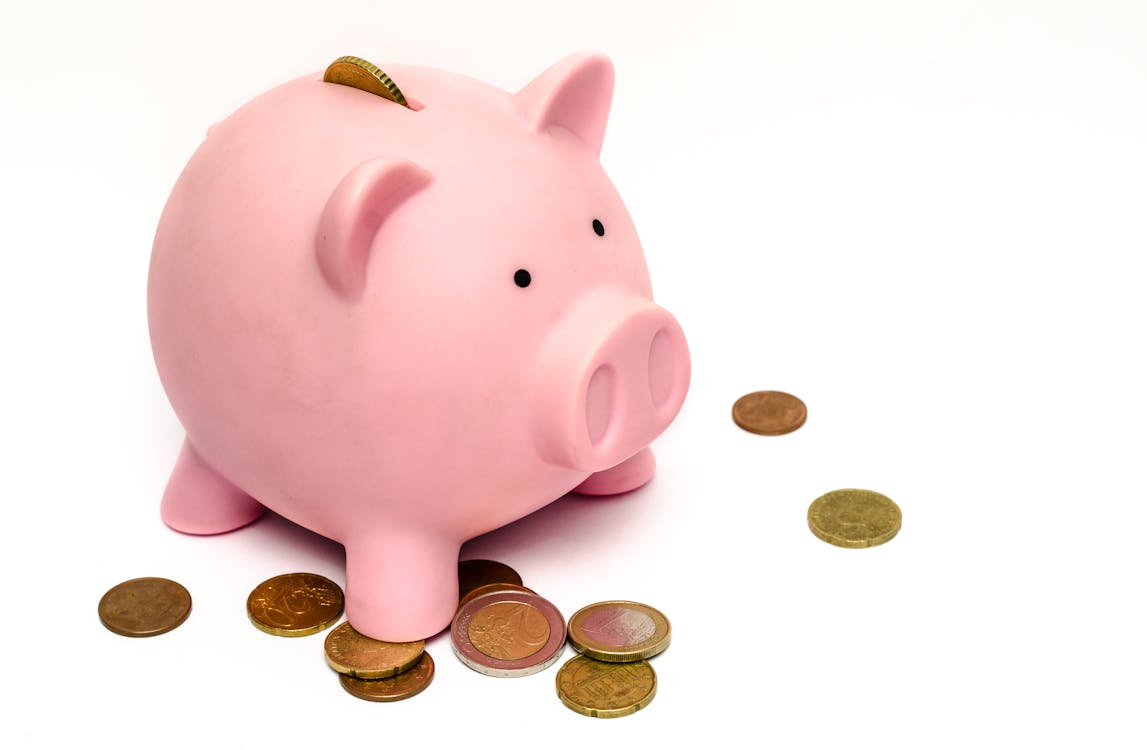How to Build an Emergency Fund: A Step-by-Step Guide
Building an emergency fund is a crucial part of financial planning. An emergency fund provides a financial cushion in case of unexpected expenses, such as medical emergencies, car repairs, or sudden job loss. In this guide, we’ll walk you through the steps to create a robust emergency fund that can offer peace of mind and financial security.
Why You Need an Emergency Fund

Before diving into the steps, it’s important to understand why an emergency fund is essential. Life is unpredictable, and having a financial safety net can prevent you from falling into debt when unexpected costs arise. An emergency fund can also provide you with the confidence to handle financial setbacks without derailing your long-term financial goals.
Step-by-Step Guide to Building an Emergency Fund
1. Set a Savings Goal
The first step in building an emergency fund is to determine how much you need to save. Financial experts typically recommend saving three to six months' worth of living expenses. Consider your monthly expenses, including rent or mortgage, utilities, groceries, transportation, and other essential costs. Multiply this amount by the number of months you want your emergency fund to cover.
2. Create a Budget
To find money to save for your emergency fund, you need to create a budget. Track your income and expenses to see where your money is going each month. Identify areas where you can cut back, such as dining out, entertainment, or subscription services. Use these savings to contribute to your emergency fund.
3. Open a Separate Savings Account
It’s a good idea to keep your emergency fund in a separate savings account. This makes it easier to track your progress and reduces the temptation to dip into the funds for non-emergencies. Look for a high-yield savings account to earn interest on your savings, which can help your fund grow faster.
4. Automate Your Savings
Automating your savings can make building an emergency fund easier. Set up automatic transfers from your checking account to your emergency fund savings account. Decide on an amount you can comfortably save each month, and schedule the transfers to occur on payday. This way, you’re consistently adding to your fund without having to think about it.
5. Prioritize Your Emergency Fund
While it’s important to save for retirement and other financial goals, make building your emergency fund a priority. Temporarily redirect some of your savings contributions towards your emergency fund until you reach your goal. Once your emergency fund is fully funded, you can refocus on other savings goals.
6. Save Windfalls and Extra Income
Whenever you receive unexpected money, such as a tax refund, bonus, or monetary gift, consider putting it into your emergency fund. This can give your savings a significant boost and help you reach your goal faster.
7. Review and Adjust Your Fund Regularly
Life circumstances change, and so should your emergency fund. Review your fund annually to ensure it still meets your needs. If your expenses increase, adjust your savings goal accordingly. Conversely, if you find ways to reduce your expenses, you might be able to reach your goal quicker than anticipated.
8. Use Your Fund Wisely
Your emergency fund is there for true emergencies. Avoid using it for non-essential expenses or regular purchases. Reserve it for unexpected events that could impact your financial stability. When you do need to use your fund, prioritize replenishing it as soon as possible.
Conclusion
Building an emergency fund is a vital step towards financial stability and peace of mind. By setting a savings goal, creating a budget, and consistently contributing to your fund, you can prepare for life’s unexpected challenges. Remember to keep your fund separate, automate your savings, and review your progress regularly. With these steps, you’ll be well on your way to having a financial safety net that protects you and your loved ones.
Start building your emergency fund today and take control of your financial future. The sooner you start, the more secure you’ll be when life throws you a curveball.

 Cricket Score Counter
Cricket Score Counter Heads or Tails
Heads or Tails
You have not logged in, please Login to comment.